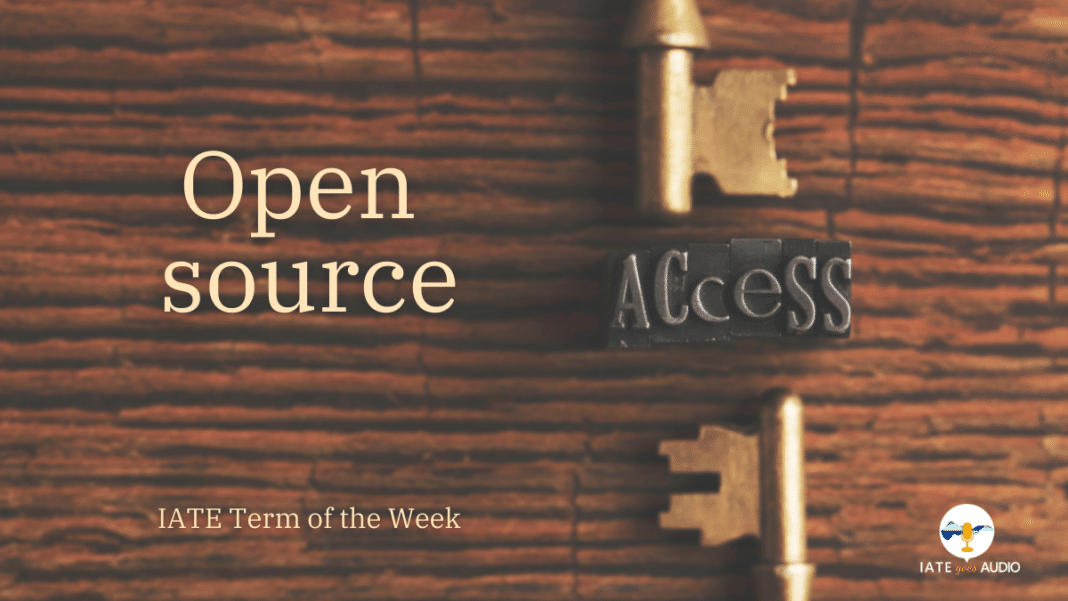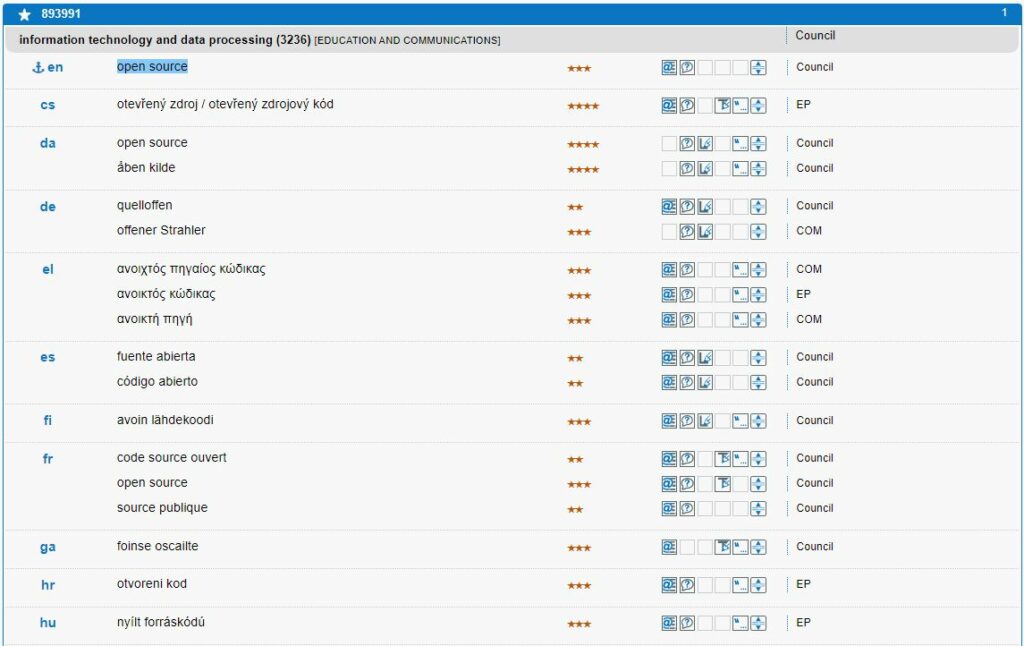Open-source has taken a prominent role in the IT industry and can be found in the smallest embedded systems to the largest supercomputer. Every new invention can be considered as a reaction to a problem that calls for a solution. The development of open-source started with a typical printer malfunction.
In the late 1970s, many universities shared a computer and a single printer. A re-occurring problem were paper jams in the printer that caused print jobs to pile up until someone fixed it. In order to solve this issue, staff at MIT wrote a special code for the printer driver to send a notification message to everyone currently trying to print that the printer is jammed and needs fixing. In 1980, the MIT received a new laser printer. The staff programmer at MIT, Richard Stallman, intended to re-implement the notification code on a paper jam. However, the source code was proprietary information. Stallman tried to obtain the source code from a researcher at a different university who refused to pass it on as they had signed a NDA (non-disclosure agreement).
The difference between open source and propriety software
Software can be classified through ownership and licensing. There are two types of widely available software: open-source software and propriety software. While open-source software is copyright free and the code is available to everyone without restriction, propriety software is a copyrighted complete solution and only readily available under licence (e.g. Microsoft Windows). The users of non-propriety software have the ability to modify the open source code and distribute their own version (e.g. Linux). There are no licensing fees or other restrictions on this type of software.
The origin of the free software movement
In the late 1970s and 1980s, NDAs and propriety software licenses became the norm. The best programmers were hired and private development projects without collaborations or sharing codes were common practice. Stallman decided to create an operating system that allowed modifications to the system and was free to all. This was the birth of the free software movement and founding of Free Software Foundation. Stallman launched a so-called GNU project with the goal to create a clone of the UNIX operating system giving freedom to its users.
Collaborative software: the use of Wiki
The best-known wiki software use is Wikipedia. American computer programmer Ward Cunningham invented a new collaborative technology in order to organize information on websites in 1995. Cunningham called his new software WikiWikiWeb. It allows users to change one anothers’ texts and comment on them. The term wiki originates from the Hawaiian word for quick. Most organizations gather their institutional knowledge, insights and experience by using a wiki – a web page or online resource that multiple users can work on. Especially virtual teams can cooperate on tasks and share suggestions and notes.
Is Wikipedia an open-source project?
Labelling the internet-based encyclopaedia Wikipedia as an open-source project has become a habit. Launched in 2001, Wikipedia has become the global go-to information source that has to be taken with a pinch of salt. This multilingual, openly collaborative information platform is not considered as reliable for academic use or research. It can be used as an information starting point that can be followed up with sources which are more reliable and operates under an open-source management style. A global group of volunteers write and edit its free-for-all contents as to why Wikipedia possesses some of the attributes of an open-source project.
The open-source attributes include:
- the ability to copy,
- modify
- and redistribute.
The entries can be seen as living documents that are always subject to change. The non-profit Wikimedia Foundation supervises the site.
In short, what are the advantages of open source software?
- This type of software is free of charge and provides the source code that can be modified by anyone.
- Many authors can contribute to the development, improve it and add additional features.
- The derivative, meaning the modified version, must also be made freely available for everybody.

This week, you can tune in to another IATE goes Audio feature: click below to listen to ‘Open Source’ explained in English.
References
Opensource.com. 2021. Pivotal moments history open source. [ONLINE] Available at: https://opensource.com/article/18/2/pivotal-moments-history-open-source. [Accessed 14 January 2021].
Britannica. 2021. open-source. [ONLINE] Available at: https://www.britannica.com/topic/open-source. [Accessed 14 January 2021].
Workana. 2021. what is open source. [ONLINE] Available at: https://www.workana.com/i/glossary/what-is-open-source/. [Accessed 14 January 2021].
Opensource.com. 2021. coining term open-source software. [ONLINE] Available at: https://opensource.com/article/18/2/coining-term-open-source-software. [Accessed 14 January 2021].
Britannica. 2021. wiki. [ONLINE] Available at: https://www.britannica.com/topic/wiki. [Accessed 14 January 2021].

Written by Victoria Milhan, Schuman Communication Trainee Terminology Coordination Unit. She holds master’s degrees in English Language (linguistics) and Medieval English Literature, Newer English Literature and Celtic Studies. Victoria is enrolled as a PhD student at Bonn University in Germany.


